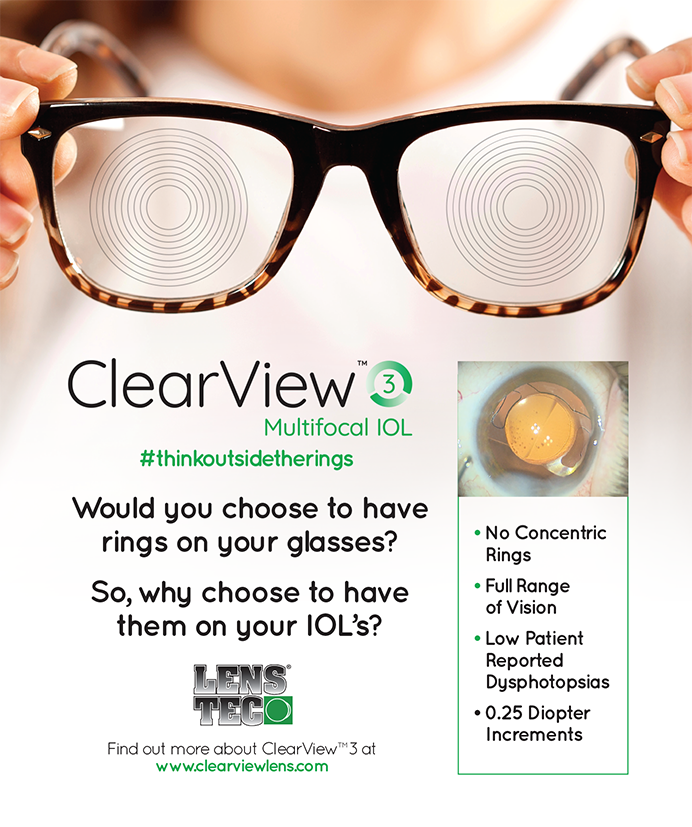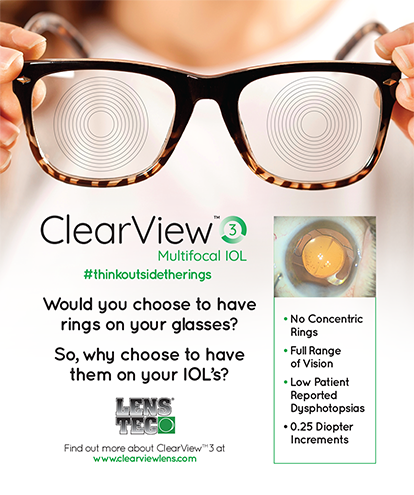The premium LASIK provider has long regarded discount laser centers with disdain. These discount laser centers' directors lowered the value of LASIK by aggressively advertising rock-bottom prices. They tarnished the refractive procedure's image by selling it as a consumer product using the unethical model called bait and switch. They pushed the ethics of performing elective medical procedures by providing financial incentives to their staff for selling patients more expensive procedures. They paid their surgeons relatively small amounts per procedure and reduced surgeons' status in the procedure to that of overqualified technicians. Discount laser centers and their practitioners typically use inferior lasers and techniques for LASIK to keep their costs low.
During the last few years, it has been easy to "discount the discounter." Refractive surgeons rationalize that patients place value on the quality of the surgeon, the center, and the refractive surgery technology. As surgeons, we are encouraged to keep our prices high rather than devolve into price wars that would erode our profitability. These concepts have held true for the last 10 years since LASIK emerged in the US. However, there are some definite signs that the LASIK landscape is changing.
PATIENTS ARE MORE AWARE OF LASIK
The good news is that LASIK awareness has made it to the mainstream. A lot of patients no longer consider LASIK to be a risky, exotic procedure. Many individuals who were (1) waiting for the availability of long-term results and (2) concerned about the procedure's safety now are more ready to undergo the surgery. This new demographic means a lot more patients, many of whom are low myopes. I previously described the modern LASIK patient as a low myope who has waited years to have LASIK because he is adverse to risks.1
CONSUMERS ARE SHOPPING
The bad news is that patients are starting to shop around for LASIK, because they perceive it more as a commodity than a medical procedure. It is very common today for a patient to get consultations from several centers prior to undergoing the procedure. The Internet has been a great educator but also an equalizer for the lower-cost LASIK providers. Because the technology used in LASIK is difficult to understand, patients do not necessarily perceive a difference in the surgical procedure. The differences between premium and discount centers are further blurred when the discounters do a relatively good job with the initial patient evaluation. In the end, lacking any meaningful differentiation by the premium provider, the patient will be drawn to what he perceives as the best value for a LASIK procedure.
TAKING ACTION
How should responsible practitioners respond to these aggressive competitors? The first step is to recognize that there is an opportunity for your model to capture the modern LASIK patient. Do not be complacent in your confidence that you have the best center and staff. The next step is to differentiate your center from the other providers'. I would encourage you and your staff to "ghost" shop the competition and see what they offer. Many discount providers do not provide customized LASIK or the Intralase FS laser (Intralase Corp, Irvine, CA), so patients need to be educated about the advantages of these procedures. If you are going to charge a higher price than the discounters, you must offer more perceived value to the patient. If the patients believe that the LASIK you offer is essentially the same as the discounters', they will not pay a premium for your services. Make sure that the prices you charge are justified by the services that you offer.
The latest and biggest threat to our LASIK volume has turned out to be the organized corporate discounter. The premium-priced providers must be competitive and increase the perceived value of their services if they wish to maintain their current share of the LASIK market.
Louis E. Probst, MD, serves as Medical Director, TLC The Laser Eye Centers in Chicago and Madison, Illinois, and Greenville, South Carolina. He is a consultant to Intralase Corp., Advanced Medical Optic, Inc., and TLCVision. Dr. Probst may be reached at (708) 562-2020.


